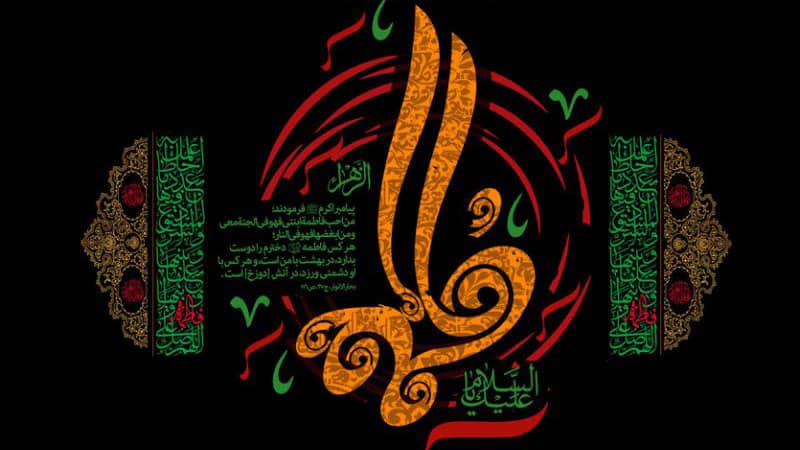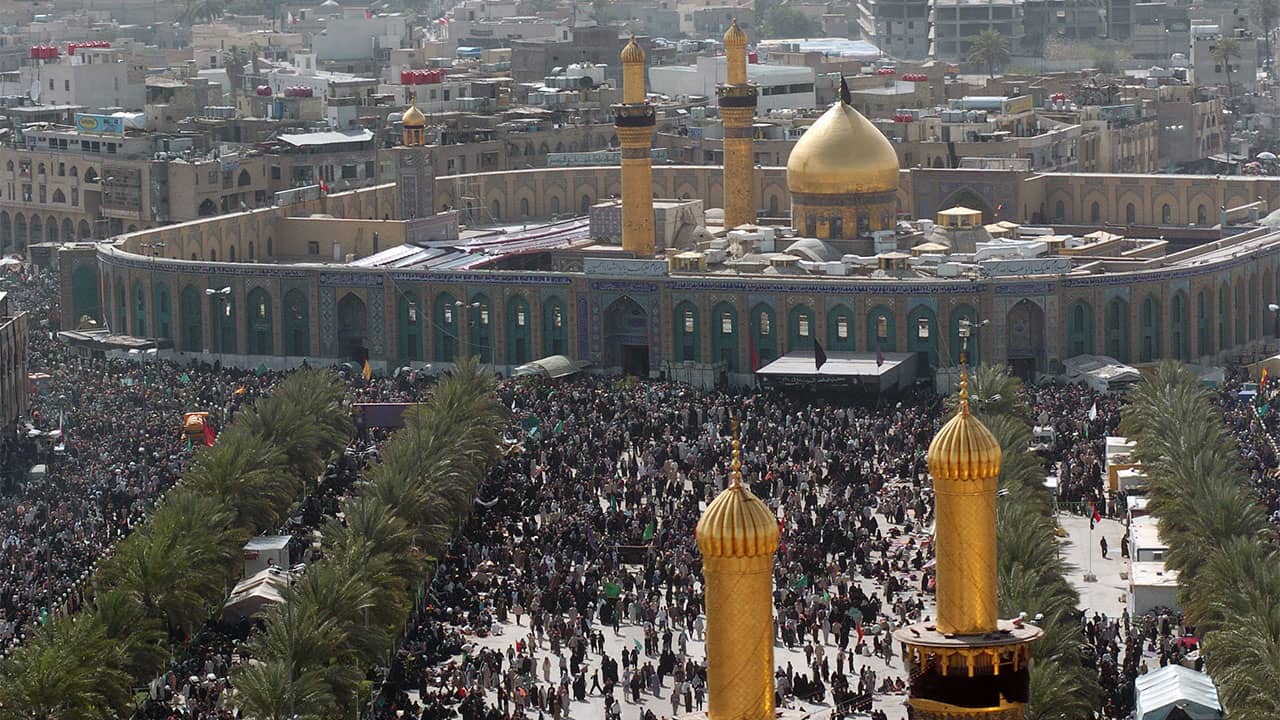
Eid-e-Shuja
Eid al Shuja, also known as Umar Koshan (Persian: عمر کشان), is an observance by few number of Twelver Shī‘a Muslims during the ninth day of the month Rabi Al-Awwal within the Islamic calendar. It commemorates retaliation by the assassination of Umar ibn Sa’ad in response to his actions during the Battle of Karbala.
Ismail I initiated the commemoration following the Safavid conversion of Iran to Shia Islam. The event stems from the assassination of Umar ibn Sa’ad, by Abu Amra Kaysan, for his actions that led to the death of the third Shi’a Imām Husayn ibn Ali, during the Battle of Karbala.
Death of Imam al-Askari
The two-month period of Azadari (mourning) reaches its conclusion with the assassination of the eleventh Shi’a Imām, Hasan al-Askari on the eight of Rabi al-Awwal 260 AH (approximately 4 January 874). This date signals the closure of a long mourning season during which bright clothes, extravagant purchases and overt celebrations are all considered inappropriate. Pious Shias are now allowed to resume their less restricted lifestyles, following a tradition that holds that the Prophet’s family itself shed its mourning garb on the ninth.[2]
Imam Al-Mahdi
Another primary religious event which is celebrated on the eid-e-shuja’ is the believed beginning of the Imamate of the twelfth Shī‘a Imām, Muhammad al-Mahdi. However, this assertion remains highly disputed among several various Shī‘a sects, such as the Ismā’īlī and Zaydī Shī’ī denominations, who each believe in a different number of Imāms and, for the most part, a different path of succession regarding the Imāmate. This is also disputed because there is no consensus on the exact date of martyrdom of Imam Hasan Al-Askari in the Twelver Shia literature.[3] Some scholars believe that 9th Rabi ul Awal is the second day of the Imamat of Imam Al-Mahdi since the eleventh Imam passed away on dawn of the 8th of Rabi ul Awal. Since the succeeding Imam becomes an Imam the moment that the previous Imam dies, Eid e Zahra would be the second day of the Imamate of Imam Al-Mahdi.
Venue
Karbala (Arabic: كربَلاء) is a city in central Iraq, located about 100 km southwest of Baghdad. Karbala has an estimated population of 700,000 people (2015). The city, best known as the location of the Battle of Karbala in 680 CE, or the shrines of Imam Husayn and Abbas, is considered a holy city for Shi’ite Muslims, in the same way as Mecca, Medina and Jerusalem. Tens of millions of Shi’ite Muslims visit the site twice a year, rivaling Mecca and Mashhad by the number of pilgrims annually. The martyrdom of Husayn ibn Ali is commemorated annually by millions of Shi’ites. Up to 8 million pilgrims visit the city to observe Ashura, which marks the anniversary of Husayn’s death, but the main event is the Arba’een, where up to 30 million visit the graves. Most of the pilgrims travel on foot from all around Iraq and more than 56 countries.


